The importance of regular machinery maintenance
In the industrial and manufacturing sectors, machinery is the backbone of production processes. Ensuring that these machines operate efficiently and reliably is crucial for maintaining productivity and safety. Regular machinery maintenance is a proactive approach that involves routine checks, repairs, and servicing to prevent unexpected breakdowns and extend the lifespan of equipment.
Benefits of Regular Machinery Maintenance
Regular maintenance ensures that machinery operates at optimal performance levels. By addressing minor issues before they escalate, maintenance helps in reducing energy consumption and improving the overall efficiency of the production process. This not only saves costs but also enhances the output quality.
Reliability is a key concern for operations managers and maintenance supervisors. Regular maintenance minimizes the risk of unexpected failures, ensuring that machinery is always ready for operation. This reliability is crucial for meeting production deadlines and maintaining customer satisfaction.
Investing in machinery is a significant expense for any industrial facility. Regular maintenance helps in protecting this investment by extending the lifespan of the equipment. By keeping machinery in good condition, businesses can avoid the high costs associated with premature replacements.
Key Components of a Maintenance Program
Scheduled inspections are a fundamental aspect of any maintenance program. These inspections involve routine checks to identify wear and tear, lubrication needs, and other potential issues. By adhering to a strict inspection schedule, businesses can prevent minor problems from becoming major disruptions.
Predictive maintenance uses data and analytics to predict when a machine is likely to fail. By analyzing patterns and trends, maintenance teams can schedule repairs before a breakdown occurs, minimizing downtime and optimizing resource allocation.
Corrective maintenance involves repairing or replacing components after a failure has occurred. While this is a reactive approach, it is sometimes necessary to address unforeseen issues. However, with a robust maintenance program, the need for corrective maintenance can be significantly reduced.
Common Challenges in Machinery Maintenance
Allocating the right resources for maintenance activities can be challenging. Balancing the need for skilled personnel, tools, and time while maintaining production schedules requires careful planning and prioritization.
Ensuring that maintenance staff are adequately trained and skilled is essential for effective maintenance. Continuous training programs and skill development initiatives help in keeping the team updated with the latest maintenance techniques and technologies.
Integrating new technologies into existing maintenance processes can be daunting. However, leveraging technology such as IoT sensors and maintenance management software can greatly enhance the efficiency and effectiveness of maintenance activities.
Best Practices for Effective Maintenance
A well-structured maintenance schedule is crucial for ensuring that all machinery receives the attention it needs. This schedule should be based on manufacturer recommendations, historical data, and operational requirements.
Embracing technology can streamline maintenance processes. Tools such as computerized maintenance management systems (CMMS) and condition monitoring devices provide valuable insights and facilitate data-driven decision-making.
Maintenance programs should be dynamic and adaptable. Regularly reviewing maintenance activities and incorporating feedback from maintenance staff and operators can lead to continuous improvements and more effective maintenance strategies.

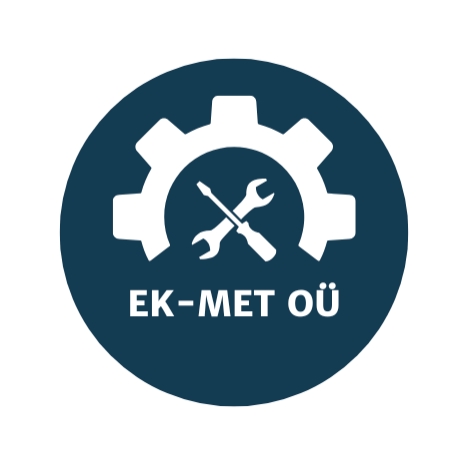


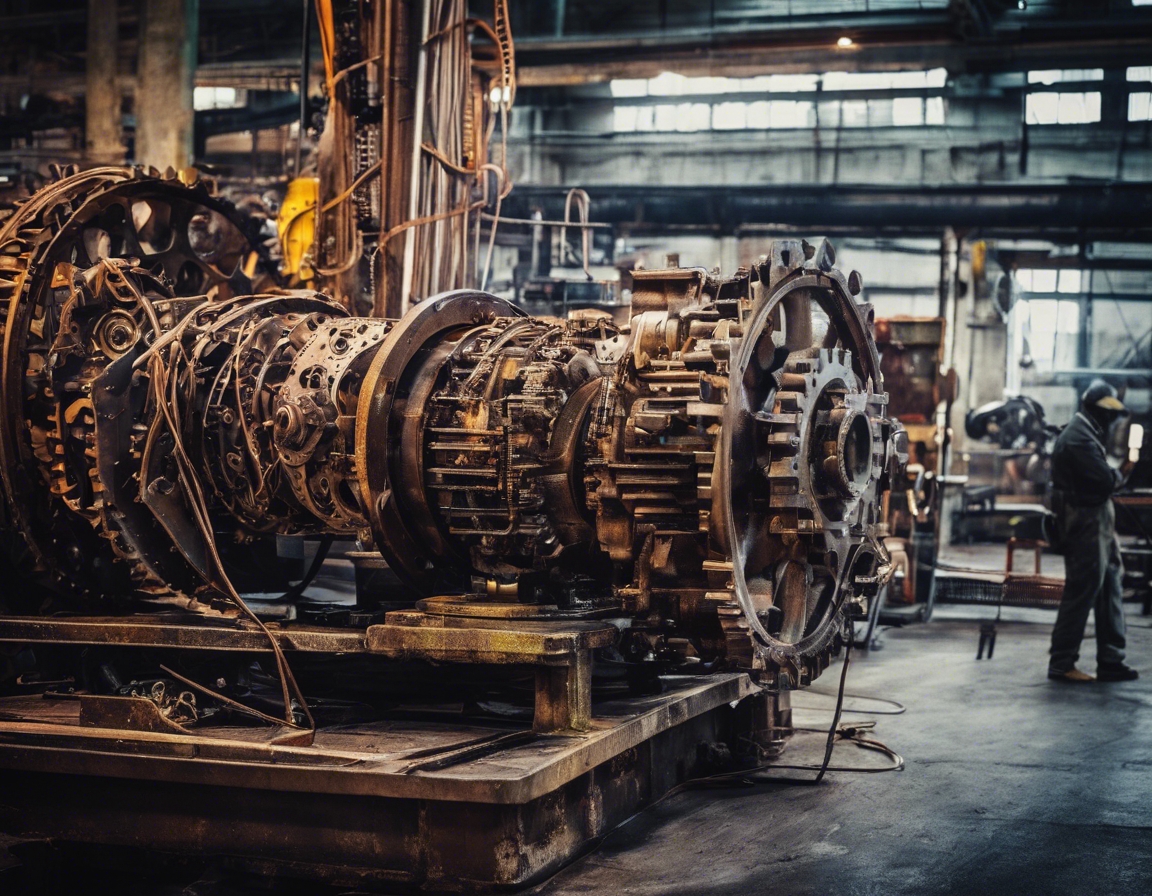
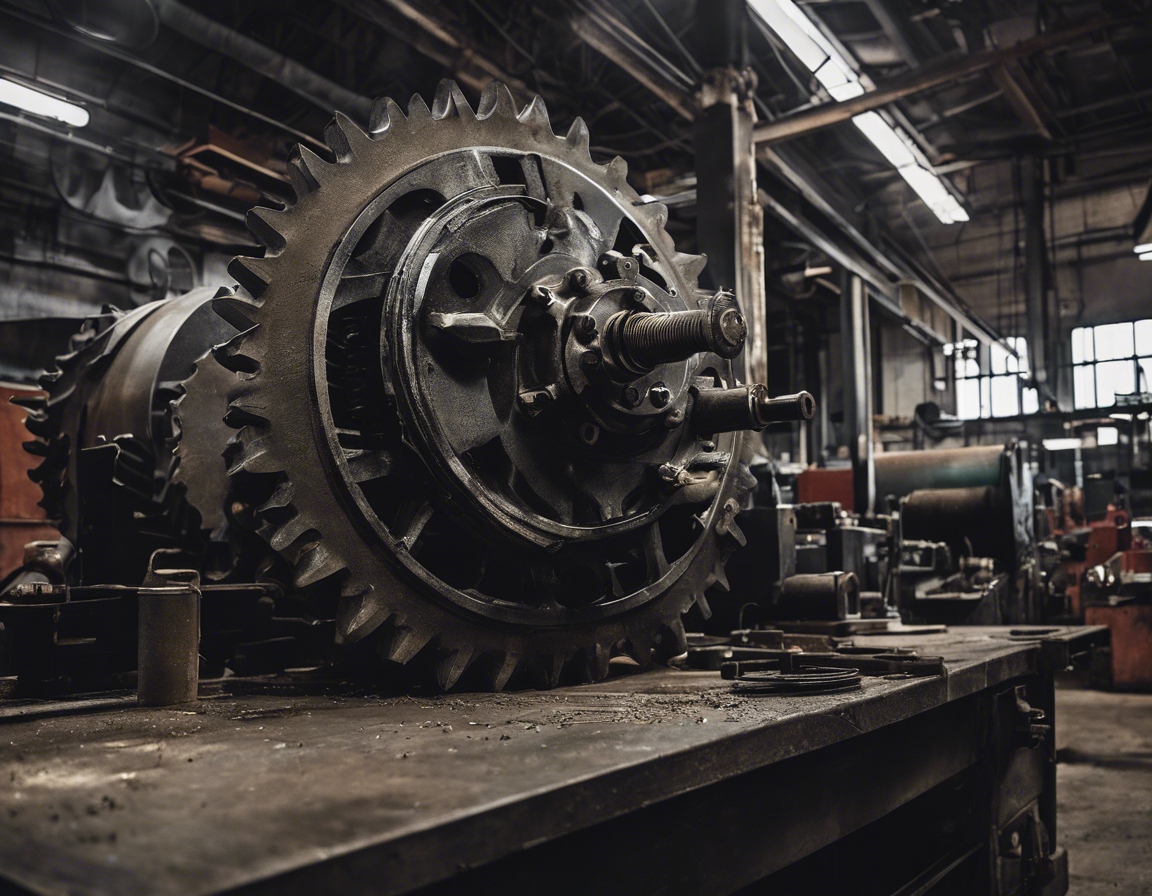
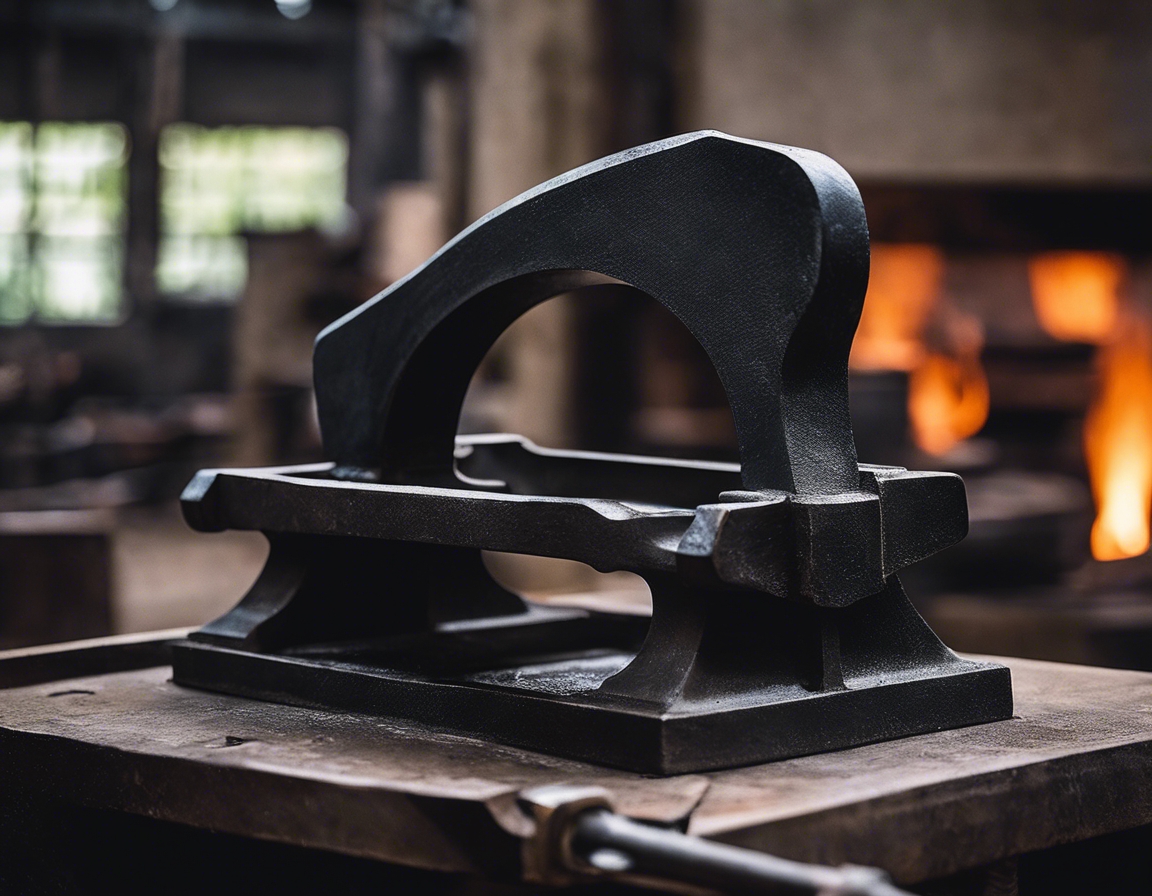
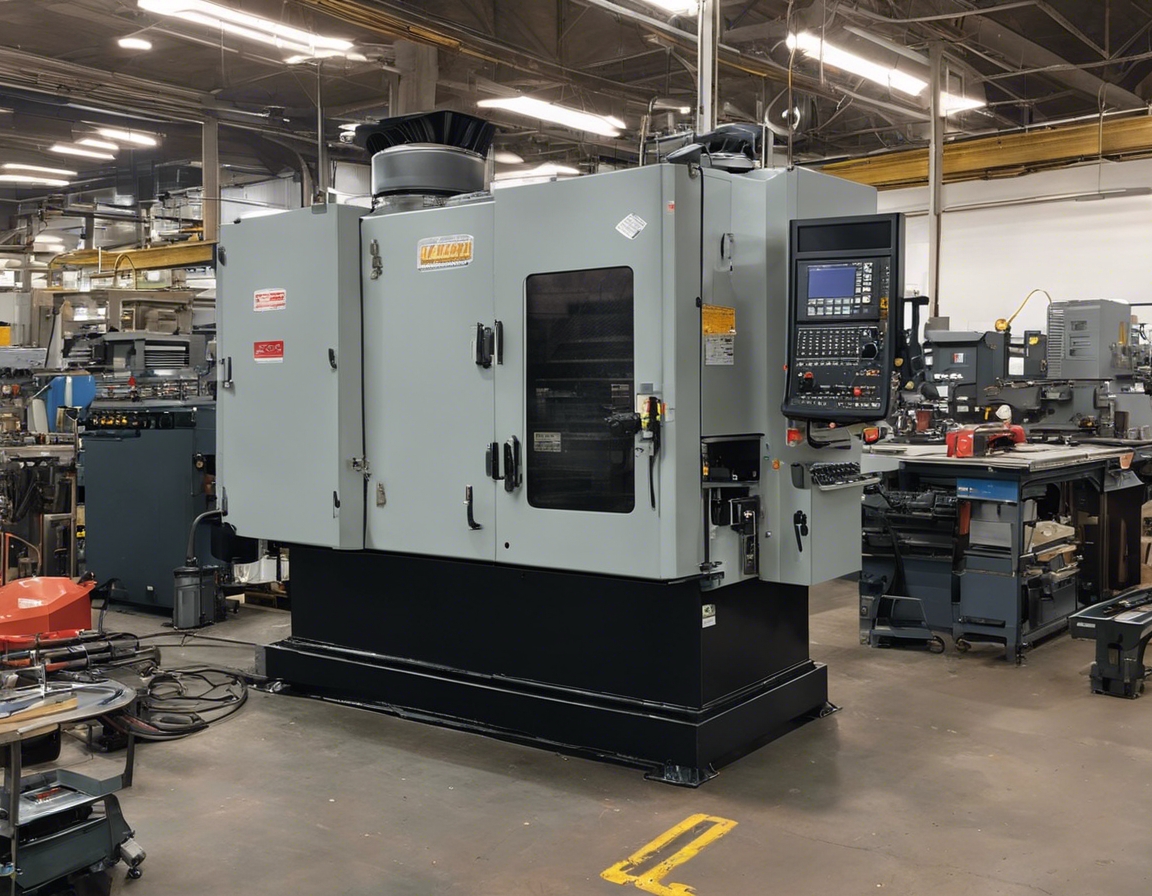
Comments (0)